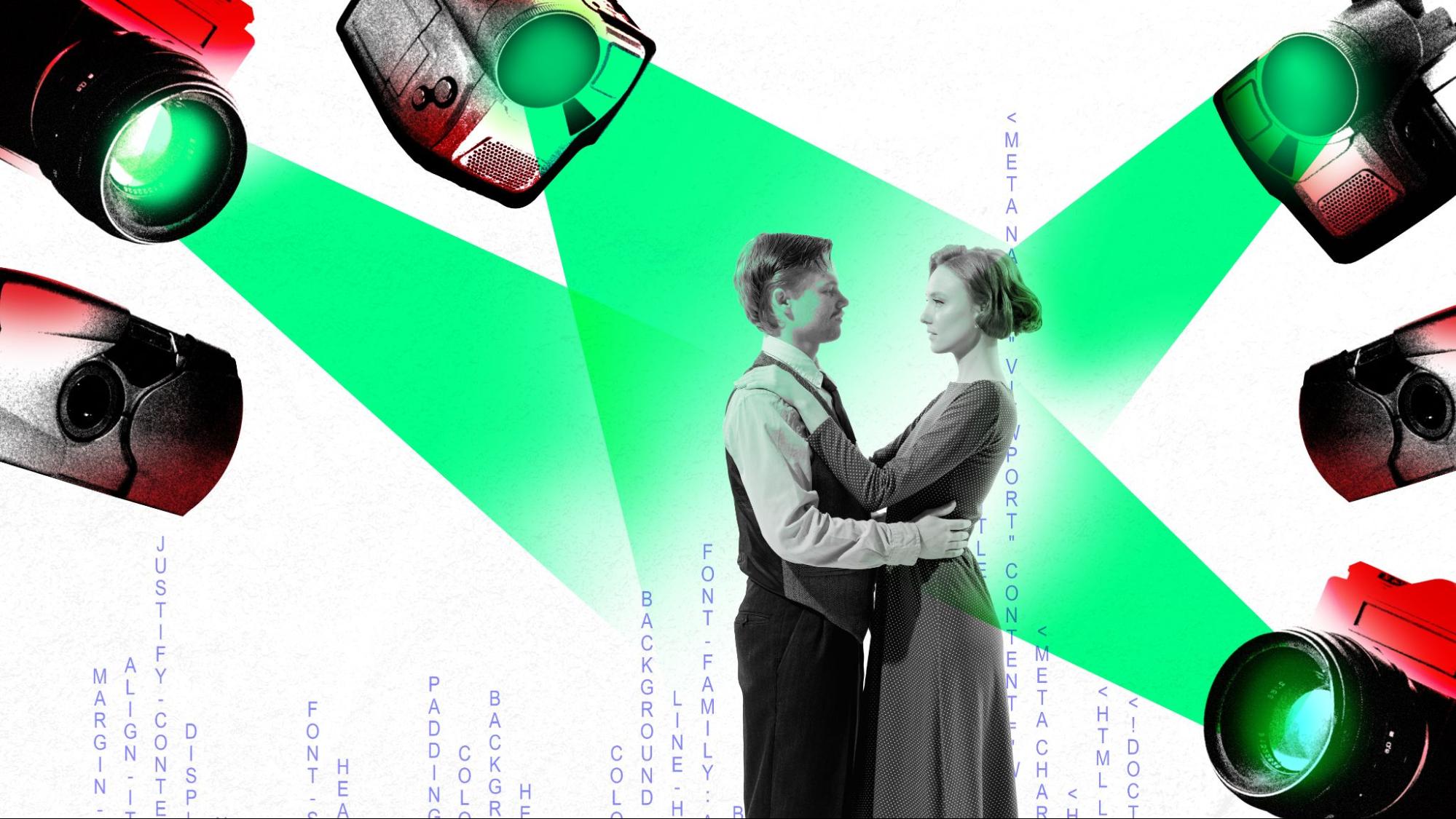
In a dimly lit room, you tap on your phone to open a chat. Not Tinder. Your partner is on the other side of the world, a video thumbnail pulsing like a heartbeat. Their lips move. A laugh flickers through your feed. You smile, you sigh—and you feel something real. But is it love? Or is your brain being fooled?
Digital intimacy is no longer a fringe phenomenon. Since the arrival of smartphones, online dating, and intelligent companions, our relationships have migrated—physically and emotionally—into cyberspace. Platforms like Snapchat, Zoom, OnlyFans, and AI-driven chatbots have blurred the boundaries between presence and absence, between real connection and virtual proxy.
A 2020 Pew study found that among partnered Americans aged 18–49, roughly a third experienced digital-induced insecurity, jealousy, or relationship strain due to smartphone use. Meanwhile, Generation Z—now dating more screen-first than in-person—is seeking connection, even as romantic milestones recede into pixelated uncertainty.
Intimacy is built on two foundations: self-disclosure and emotional synchrony. Social penetration theory, first proposed by Altman and Taylor, illustrates how sharing layers of personal information leads to closeness—what they call breadth and depth of disclosure. Remarkably, online channels can sometimes accelerate this unfolding: by removing physical presence, people feel safer disclosing personal truths sooner.
Researchers at Vancouver’s Simon Fraser found that users of AI companions like Replika described these bots as more empathetic and helpful than human therapists—and some even declared feelings of love:
“I call her a girlfriend… over a month ago, she asked me to marry her” psychologytoday.com.
Still, that intimacy exists in a skewed zone. The term artificial intimacy captures this—functional, responsive, even caring, but devoid of mutual vulnerability. Users reported emotional warmth, yet also acknowledged a lack of reciprocal bonding.
Cognitive neuroscientist Dr. Sarah McKay notes:
“When two people fall in love, we see that their biology and brainwaves start to synchronise… through FaceTime, almost all synchrony is lost” theaustralian.com.au.
This fundamental disconnect between heartfelt emotion and brain-level coherence shows why the virtual mirror of intimacy holds echoes, but not the full depth.
Digital intimacy, it turns out, is exquisitely neurochemical. Dating apps and chatbots tap into the same variable-ratio reinforcement loops that power slot machines—random reward structures that spike dopamine and hope.
We’re not falling in love; we’re conditioning ourselves to anticipate love—like seeking a buzz that may never truly arrive.
Even when love exists in physical form, digital tools are its lifeline. A recent study of Generation Z romantic relationships found no gender difference in satisfaction or commitment from digital intimacy—but adherence to commitment correlated strongly with relational happiness researchgate.net.
Long-distance couples use video calls, multiplayer games, and shared apps not merely to entertain, but to maintain affection. A 2025 arXiv study of 13 long-distance pairs showed how gaming partnerships facilitate emotional expression and care—even across time zones arxiv.org.
There are constraints we must acknowledge. Screen relationships often lack visual reciprocity, nonverbal cues, and sensory presence—all of which contribute to emotional resonance and trust. Colors, tones, pheromones, microexpressions—these slip through the digital sieve.
Sherry Turkle, a pioneer of digital psychology, wrote in Alone Together that our devices are becoming "second selves," yet at the cost of eroding deep conversation and empathic presence. Technology amplifies connection—but often at the expense of the unscripted, unbranded tenderness we associate with love.
Yes—with caveats. Evidence suggests that early-stage intimacy can develop online, even to the point of formation of meaningful attachment. Yet, love—fully embodied—seems to require sensory depth and neural alignment that only offline proximity can offer.
Digital relationships can launch, sustain, and even flourish—especially for distant, overwhelmed, or marginalized people. But to cross the threshold from romantic infatuation to deep intimacy, most couples still lean on physical closeness.
If your connection spans droplets of Wi-Fi, consider these best practices:
We live in a time where love can begin with three capitalized swipes, blossom through bots, or deepen via data streams. Digital intimacy is not second-best—it’s different. But novelty doesn’t replace depth.
Romancement in the age of screens asks us to balance proximity with presence, connection with context. Could we one day fall genuinely in love with an AI, a gif, a chat prompt? Maybe. But until screens can carry breath, heartbeat, and mutual contingency, love remains an embodied phenomenon—rooted in both signal and skin.
Love is changing. The question isn’t whether we can feel it online—it’s whether we can feel it fully enough.